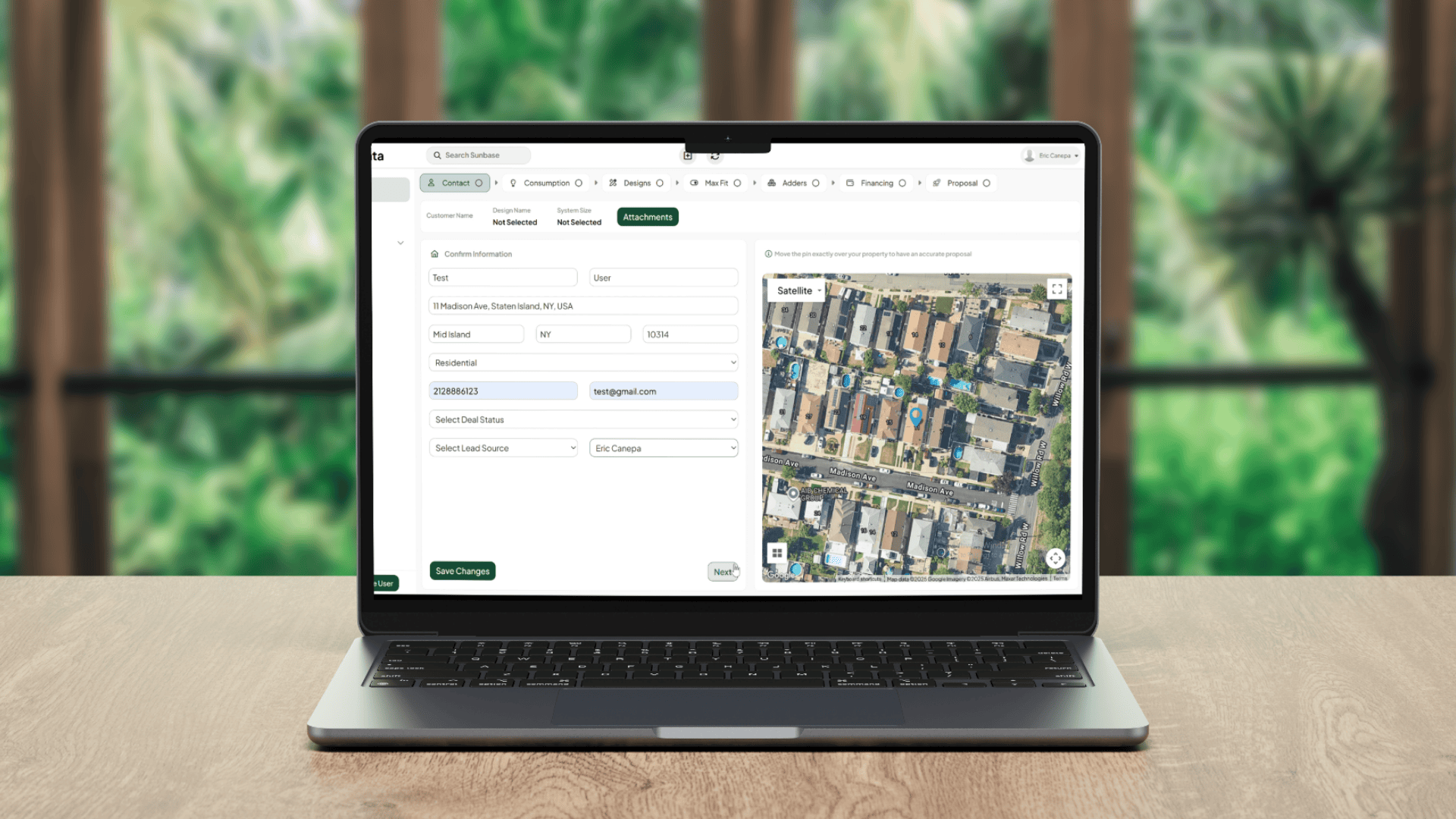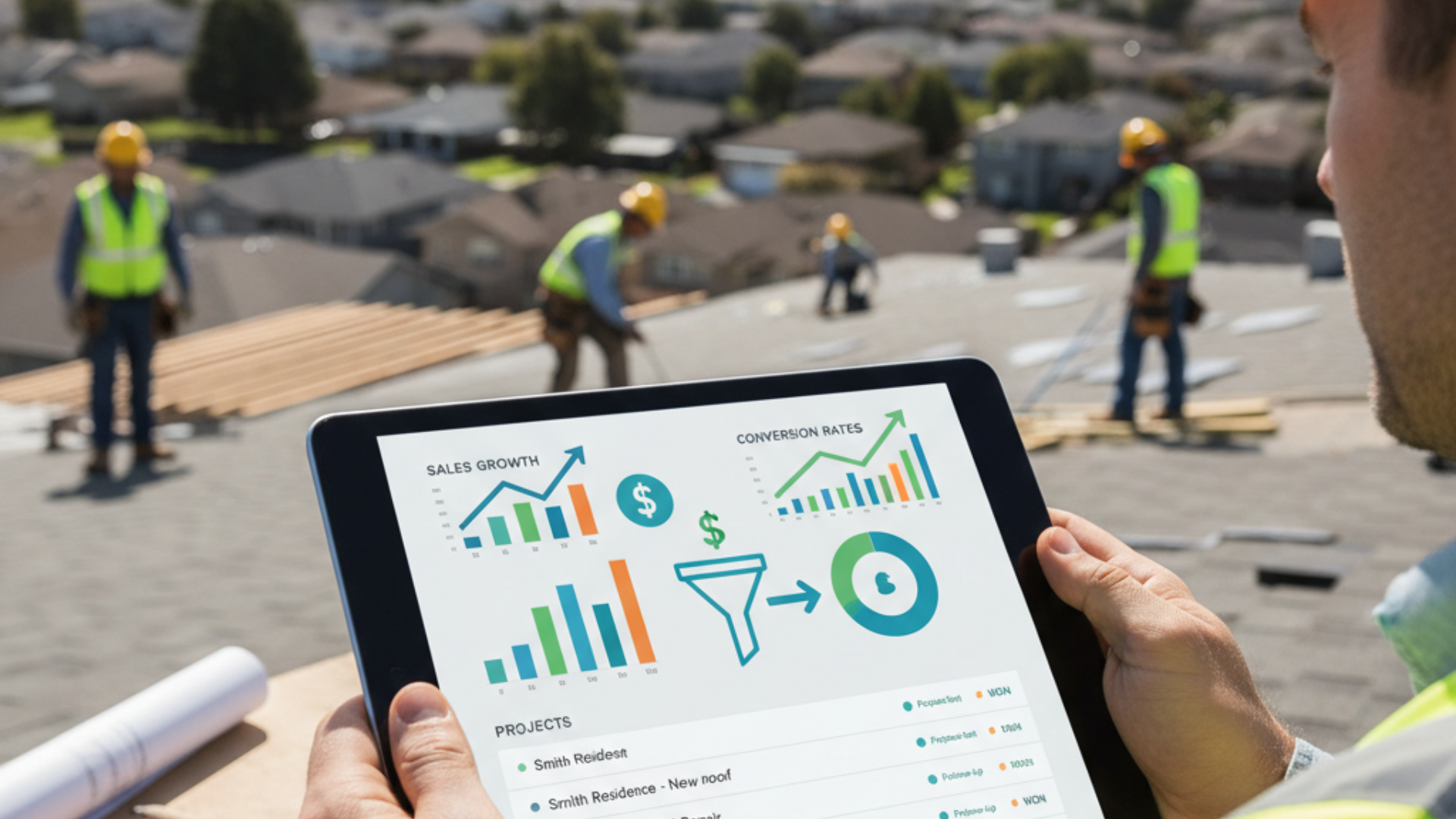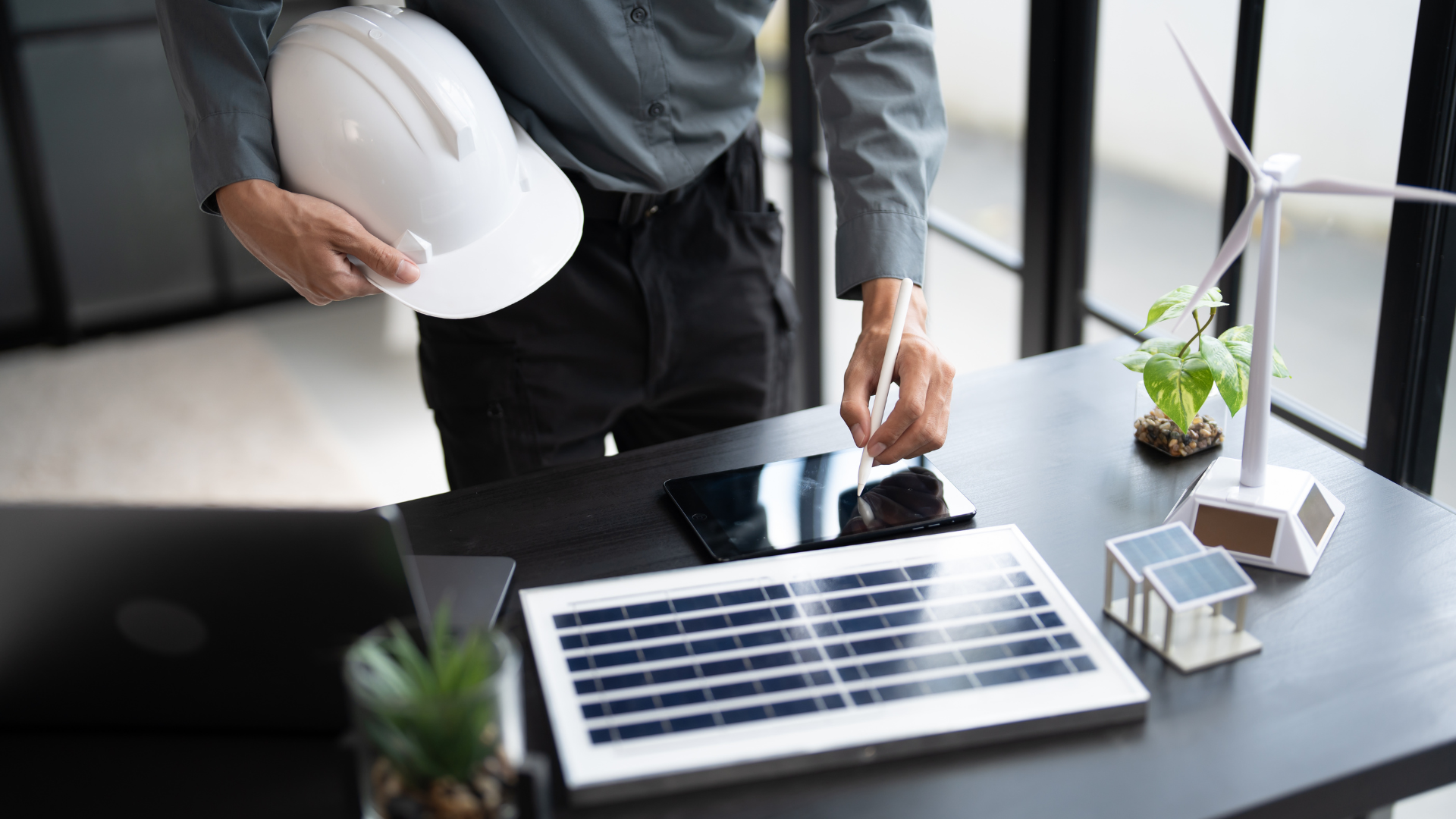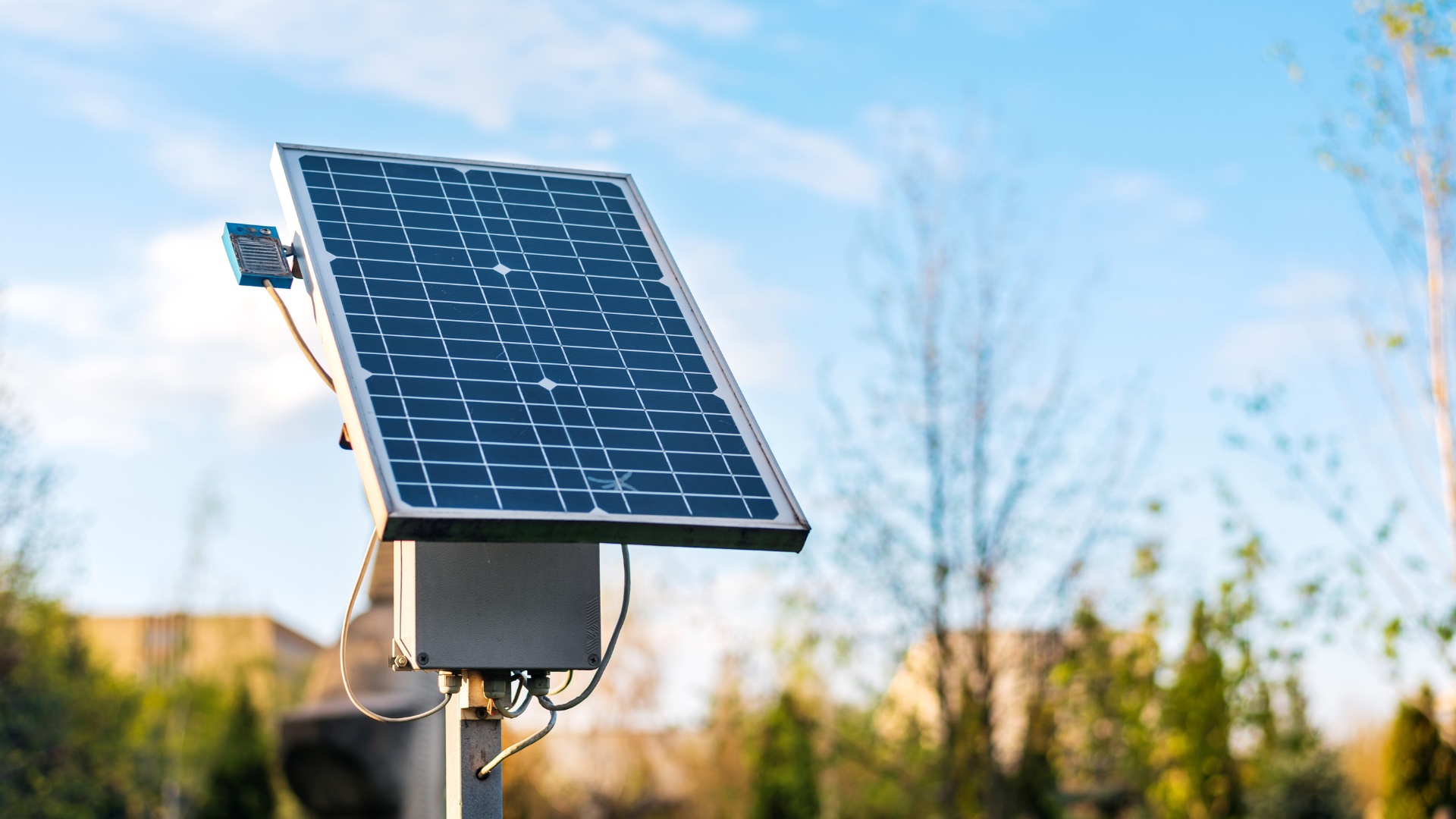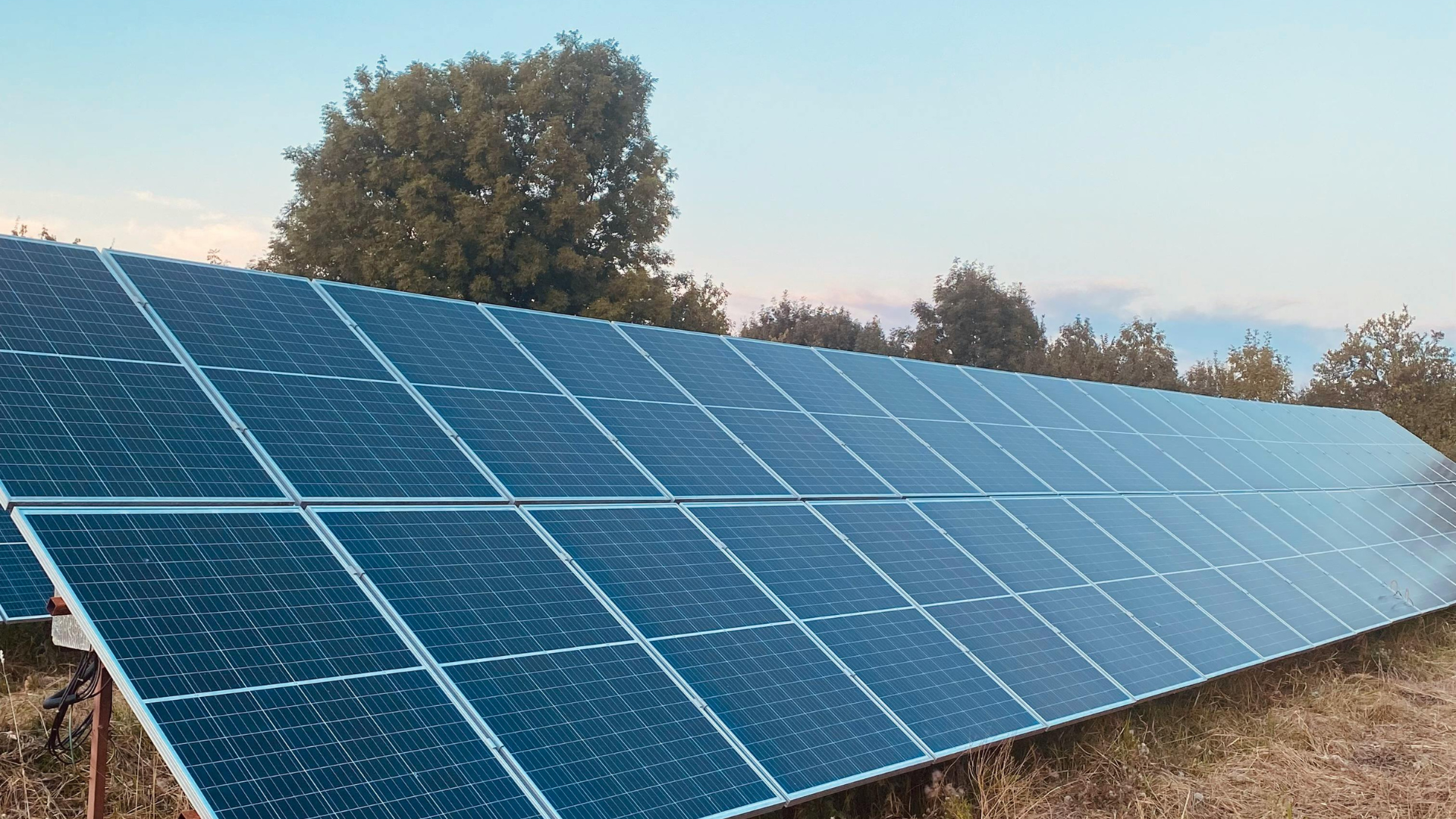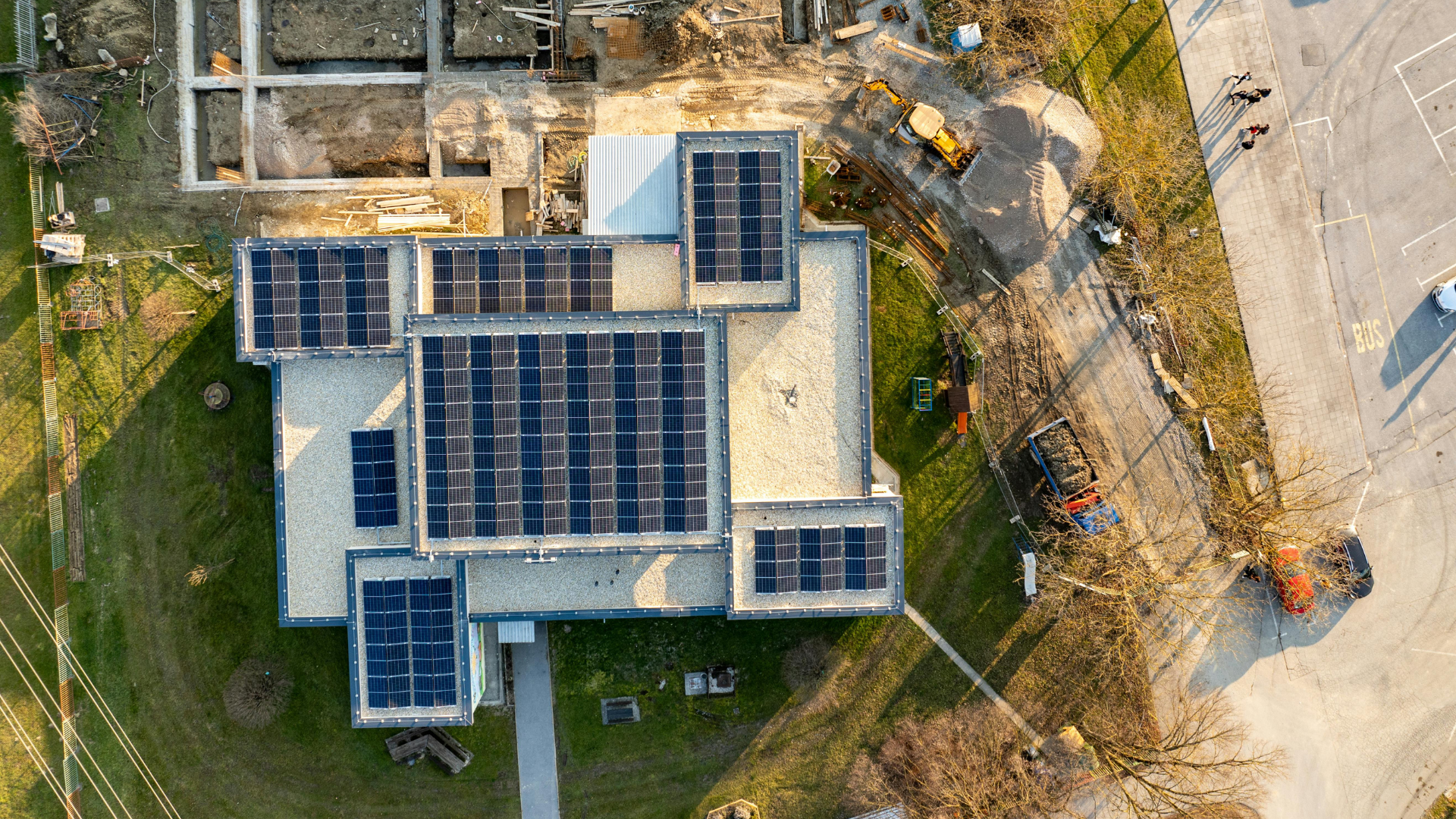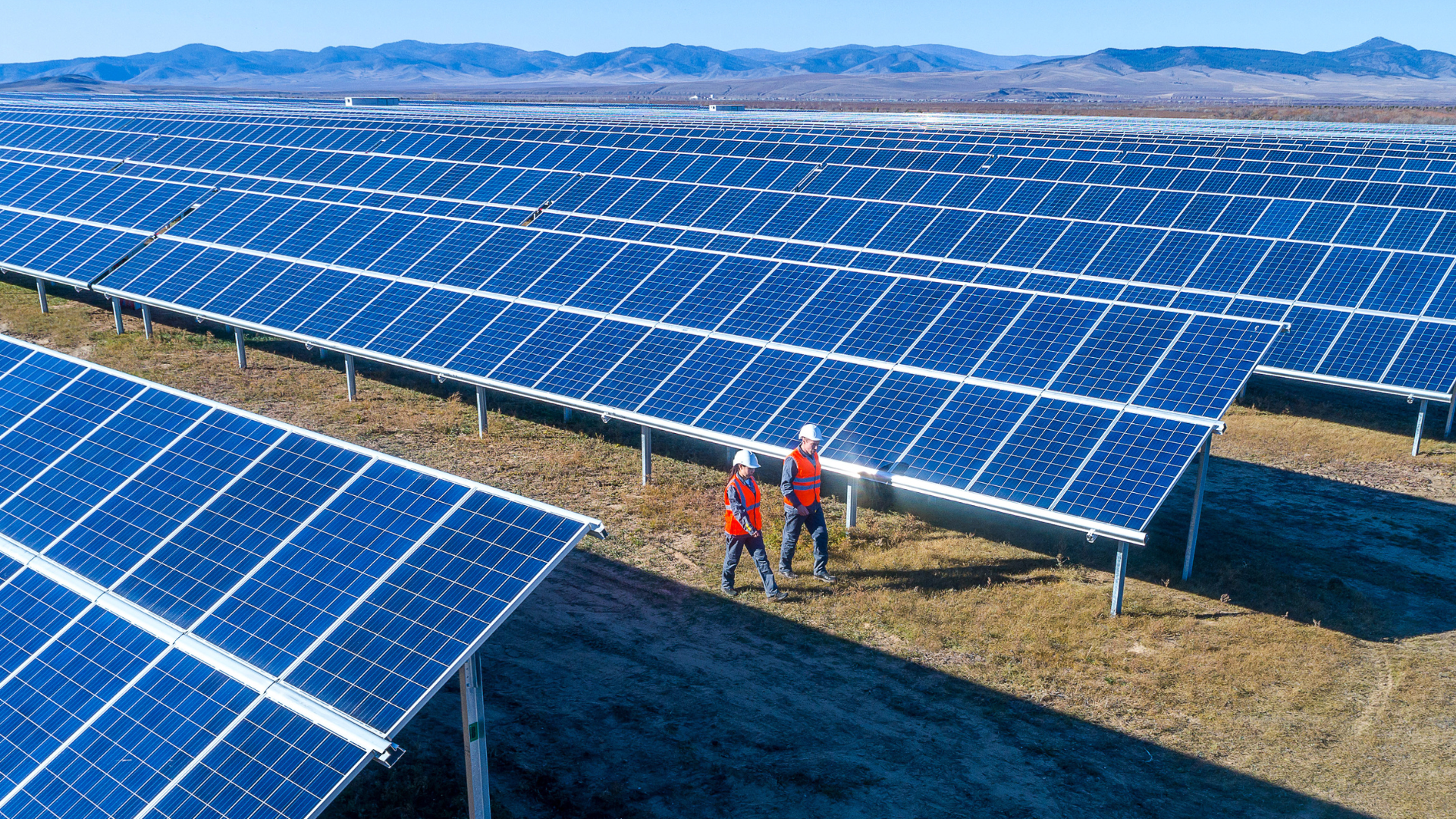August 22, 2022
Thinking about going solar but unsure where to start? It all begins with a solar site survey, the ladder to accurate designs, smooth installations, and optimal energy efficiency.
From measuring roof space to analyzing shading, a proper survey ensures your solar project avoids unexpected setbacks.
In this guide, we’ll break down how to perform a solar site survey step by step, highlight essential tools, and share expert tips to ensure you get it right the first time. Whether you’re a solar installer or a homeowner, getting the hang of this process can save you time, money, and a lot of hassle.
Solar Site Survey Made Simple: Everything You Need to Know
A solar site survey is the first step for every successful solar installation. It involves assessing the property, measuring roof dimensions, analyzing shading, and evaluating electrical systems to design the most effective solar setup.
Skipping this step could lead to poor energy production, higher costs, and installation delays. In this guide, we’ll walk you through how to do a solar site survey the right and best way. Mastering this process ensures accurate designs, faster approvals, and optimized energy output from day one.
What is a solar site survey?
A solar site survey is a process that assesses the potential for solar power generation at a particular location. This assessment involves measuring various factors such as the amount of sunlight that hits the site, the angle of the sun, and the amount of shading.
Based on these measurements, it can be determined whether or not a given location is suitable for solar power generation. Solar site surveys are important because they help to identify potential problems that could prevent a solar installation from being successful.
For example, through aerial imagery, if a site is found to be too shady, it may not be possible to generate enough electricity to make the installation worthwhile. Similarly, if the angle of the sun is not ideal, the solar panels may not be able to capture enough sunlight to generate power.
Previously, such a solar site survey was conducted by visiting the site of the solar installation and analyzing factors such as roof orientation and the number of photovoltaic panels to be installed. However, with advancements in solar software technology, this process can now be done by solar installers and professionals using specialized solar software.
Solar design software helps in rendering solar panels without the need for on-site visits, taking into account shading analysis, the amount of sunlight received at any time of day, and other factors. Check out the introductory video below to know more about this amazing solar resource.
By conducting a solar site survey, potential problems can be identified and addressed before an installation is attempted. You can read this checklist guide on solar site survey to know more.
How To Do A Solar Site Survey?
A solar site survey is an important step in the process of planning a solar energy system. The survey helps determine the best location for solar panels and assesses the amount of sunlight the location receives.
Here are some steps to the site survey process that will help you conduct a successful survey:
1. Finding the right location:
You'll want to find a location that gets plenty of sun exposure throughout the day. A south-facing roof is ideal, but any location that gets at least 6 hours of direct sunlight will work.
2. Measuring the sun's angle:
Use a solar angle calculator (you can find these online) to determine the angle of the sun at your location. This will help you determine the best placement for your solar panels.
3. Checking for shade :
Make sure there are no trees or other obstructions that could cast shadows on your solar panels. Shade can significantly reduce the amount of power your panels can generate.
4. Checking the roof :
Make sure your roof is in good condition and able to support the weight of solar panels. If you're not sure, have a professional inspect it.
5 Reasons To Do A Solar Site Survey
Solar site surveys are an important part of the solar PV development process. They help assess the potential for solar PV development at a particular location and provide valuable information on the best way to develop a project. Here are five reasons why you should do a solar site survey:
1. To assess the solar potential of a site:
A site survey will help you to assess the potential for solar PV development at a particular location. It can provide valuable information on the amount of sunlight that a site receives, the orientation of the sun, and the best time of year for solar PV development.
2. To determine the best way to develop a project:
A solar site survey can help you determine the best way to develop a solar project by providing information on the most suitable location for PV panels, the most effective orientation of the panels, and the best time of year for solar PV development.
3. To minimise the impact of shading:
Shading from buildings, trees, and other objects can reduce the output of PV panels. A solar site survey can help you to identify areas of shading and minimise the impact of shading on the performance of your PV system.
4. To assess the risk of flooding:
Flooding is a major risk for solar PV development. A solar site survey can help you assess a particular location and choose the best location for your PV system to minimise the risk of flooding.
5. To assess the risk of snow and ice:
Snow and ice can also reduce the output of PV panels. A solar site survey can help you assess the risk of snow and ice at a particular location and choose the ideal placement for your PV system to minimise the risk of snow and ice.
Solar site surveys are an important part of the solar PV development process. They can provide valuable information on the potential for solar PV development at a particular location, and can help you to determine the best way to develop a project.
Step-by-step Guide To Do A Solar Site Survey
A solar site survey is an important step in the process of designing and installing a solar power system. The survey helps determine the best location for the solar PV array, taking into account factors such as sunlight exposure, land slopes, trees, and other shading objects, as well as proximity to the electrical service entrance.
It is also important to consider the long-term effects of site factors on the performance of the solar PV system. For example, trees may grow and shade the PV array over time, or a new building may be constructed nearby that casts a shadow on the array.
By doing a solar site survey at the outset, you can avoid potential problems down the road. Here are the steps involved in conducting a solar site survey:
1. Evaluate the site's solar potential
The first step is to assess the site's solar potential, which will help you determine the best location for the PV array. To do this, you'll need to know the site's latitude and longitude, as well as the average daily sun hours for the area.
You can evaluate the site's solar potential using Sunbase Solar Design Software, which is an accurate way of calculating potential power output for the site. Sunbase Solar Design Software is used by hundreds of solar installers and companies in the solar industry, so checkit out today!
2. Measure the available space
Once you've determined the best location for the PV array, you'll need to measure the amount of space available. This will ensure that the array will fit in the desired location and won't interfere with other structures or objects on the property.
3. Evaluate the site's shading
Shading from trees, buildings, and other objects can significantly reduce PV system performance. Therefore, it's important to evaluate the shading at the proposed array location carefully.
This can be done by using a solar pathfinder or sun angle calculator to determine the amount of sunlight that will reach the array throughout the day.
4. Determine the best PV array orientation
The final step in conducting a solar site survey is to determine the best PV array orientation. This is based on the latitude of the site and the time of year. For most locations in the United States, a south-facing array is ideal, as it will receive the greatest amount of sunlight during the day.
However, there may be circumstances where a different orientation is preferable, such as if the array will be installed on a roof with a limited amount of space.
After completing a solar site survey, you'll have all the information you need to design and install a PV system that will maximize its potential for generating electricity.
Solar Design Software
Solar design software is used to create models of proposed solar photovoltaic (PV) systems and to calculate the expected energy production and cost of those systems. This software facilitates site surveys for solar installations without requiring multiple site visits.
This software has features like-
- Shading analysis
- Determine the best placement of PV panels
- Estimate energy production
- Calculate the cost of a solar PV system
The benefits of using solar design software are:
- Quick and easy site assessment
- Helps in reducing the time and cost associated with site visits
- Provides accurate data for making decisions about solar PV installation.
There are several different types of solar design software available, each with its own features and capabilities. Some solar design software is designed specifically for solar companies, while other software can be used for both PV and thermal system modelling.
There are also a variety of programs that offer different levels of complexity, from simple tools that allow users to input basic data.
Check out this article to find the best solar design software for your solar company.
Conclusion
So, if you are looking to install a solar system in your home or business, it is important to do a site survey first.
By doing a site survey, you can get an idea of how much sunlight your property receives and what kind of system will work best for you.
You can also find out how much the solar panel installation will cost and what rebates and tax credits are available.
About Sunbase
Sunbase Solar Design Software has you covered, turning hours into minutes and errors into perfection.
To book your demo or an appointment, contact us here!
Frequently Asked Questions (FAQ's)
1. How do you perform a solar site survey step by step?
A typical solar site survey includes:
- Inspecting the roof condition and structure
- Measuring roof dimensions and slope
- Checking shading issues using tools like a solar pathfinder
- Assessing electrical systems and energy usage
- Collecting data for system design and permits
This process ensures your solar setup is accurate and optimized.
2. What tools are used in a solar site survey?
Surveyors often use tools such as drones, solar pathfinders, laser measures, shading analyzers, and solar design software. These tools help collect precise measurements and plan accurate system layouts for optimal efficiency.
3. What common mistakes should be avoided during a solar site survey?
When conducting a solar site survey, it's crucial to avoid common mistakes like skipping shading analysis, overlooking roof strength and structural limitations, miscalculating panel angles, and neglecting electrical load capacity. Solar software, such as Sunbase, can help eliminate these errors, making surveys more efficient and accurate.
One Platform. Zero Chaos. Run Your Entire Business in One Place.
Sunbase replaces your CRM, proposals, scheduling, job tracking, and reporting tools — all inside one clean, connected platform.
About Sunbase
The All-In-One Platform to Run Your Entire Business
Sunbase helps you organize operations, streamline daily workflows, and manage everything - from first customer contact to final project deliver- in one connected system.
Our Mission
- Organize your business.
- Optimize your workflow.
- Automate what slows you down.
Why Businesses Choose Sunbase
One Connected Workflow
Replace scattered tools and manual processes with a single platform that brings together your team, tasks, customers, jobs, and performance data.
🌎 Global Presence
Serving the United States, Canada, India, LATAM, Australia, and 10+ international markets.
👥 11,000+ Users
Trusted by contractors, installers, project managers, sales teams, and field technicians.
🏗️ Built for All Sizes
From small contracting teams to fast-growing enterprises, Sunbase adapts to your workflow.
Useful Links For You
Stop Managing Your Business Manually. Automate It.
Sunbase automates workflows, reduces mistakes, and helps your team get more done - without hiring extra staff or juggling multiple tools.



